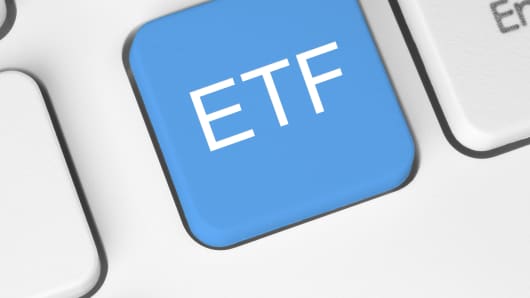
In other words, ETFs typically trade without ever seeing trading in the underlying stocks. The market makers create the ETFs by giving custodians the underlying basket of stocks, and they in return receive shares in the ETFs. For the most part, those shares trade without having to trade the underlying stocks.
5) What about leveraged and inverse ETFs? Are they dangerous?
I’m not convinced they are a danger to the markets, but the average investors should stay away from them.
The SEC recently announced it would begin looking into ETF sales strategies and disclosures and the suitability for investors of complex ETFs like leveraged and inverse ETFs.
I am not a fan of leveraged and inverse ETFs. I don’t like them because they reset their returns on a daily basis and because of that, no investor will get the return they think they are getting if they hold these securities for any length of time, particularly if there is a lot of volatility.
I’ll give you an example that illustrates the “reset” problem. Last year the S&P 500 was up 1.3 percent on a total return basis (including dividends). If you owned a leveraged ETF that, for example, guaranteed you twice the return of the S&P, you would think you would make 2.6 percent (1.3 percent times 2).
But the ProShares Ultra ETF, which does give you 2 times leverage, was down 1.08 percent last year.
If you owned an inverse ETF that, for example, guaranteed you twice the inverse of the S&P, you might think you would be down 2.6 percent. But the ProShares UltraShort S&P 500, which guaranteed you twice the inverse of the S&P 500, was down 9.6 percent.
What happened? Just what the funds advertised: They only guarantee you the return on a daily basis. Once you’re past that, the returns will vary.
Because of this, these types of investments should only be used by sophisticated investors who understand what the funds are promising.
And that’s why the SEC is looking into this. Regulators want to make sure no one is surprised.
Past the suitability issue, I have doubts that regulating them out of existence is the right way to go.
First, they are a tiny part of the market. ETFs are a $2 trillion market. Leveraged and inverse ETFs probably account for $30 billion of that, less than 2 percent.
Second, for the most part these instruments consist of a pile of cash and a swap agreement with a counterparty, usually a big bank. The funds go to the bank and say, “If the S&P is up 1 percent, you will pay us 2 percent today. If the S&P is down 1 percent, we will pay you 2 percent.” It’s a swap agreement that is collateralized. Money changes hands.
[“source -pcworld”]




